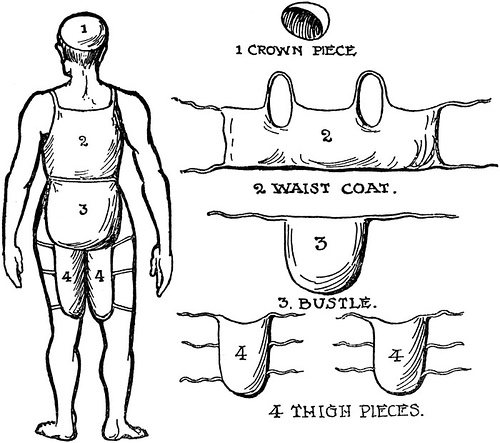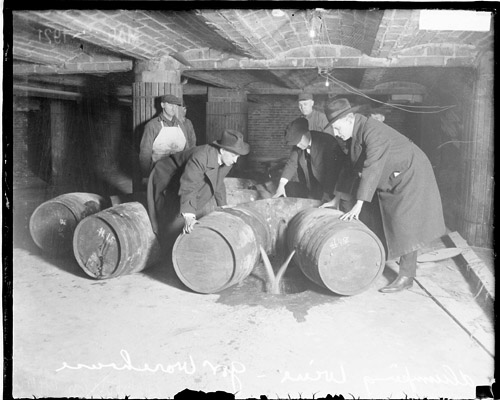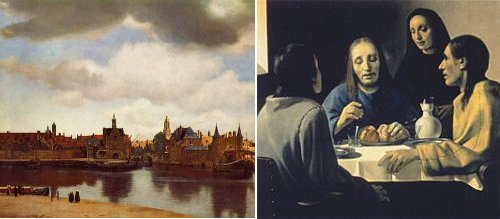From Anomalies and Curiosities of Medicine by George M. Gould and Walter L. Pyle, 1896:
A convict at Brest put up his rectum a box of tools. Symptoms of vomiting, meteorism, etc., began, and became more violent until the seventh day, when he died.
After death, there was found in the transverse colon, a cylindric or conic box, made of sheet iron, covered with skin to protect the rectum and, doubtless, to aid expulsion. It was six inches long and five inches broad and weighed 22 ounces.
It contained a piece of gunbarrel four inches long, a mother-screw steel, a screw-driver, a saw of steel for cutting wood four inches long, another saw for cutting metal, a boring syringe, a prismatic file, a half-franc piece and four one-franc pieces tied together with thread, a piece of thread, and a piece of tallow, the latter presumably for greasing the instruments.
“On investigation it was found that these conic cases were of common use, and were always thrust up the rectum base first,” the authors explain. “In excitement this prisoner had pushed the conic end up first, thus rendering expulsion almost impossible.”



